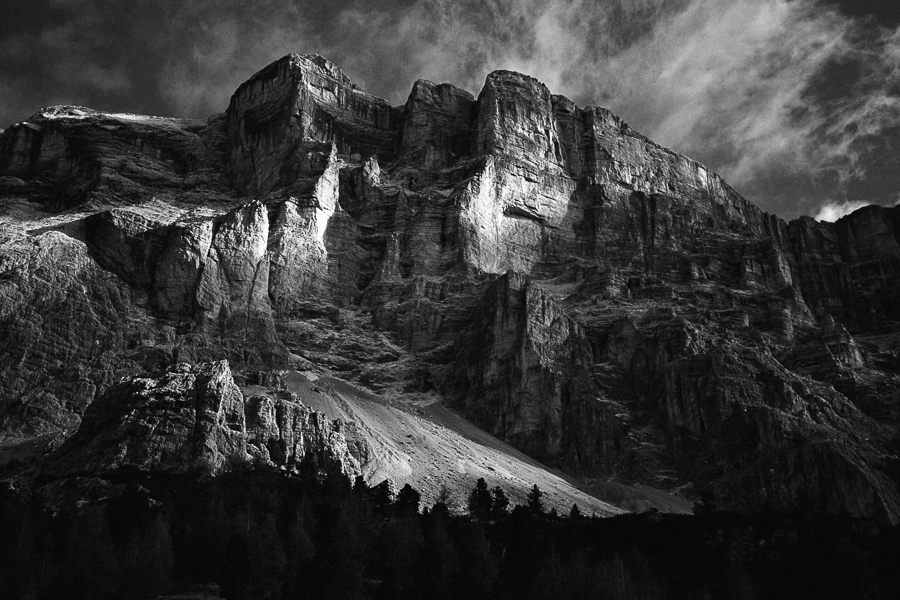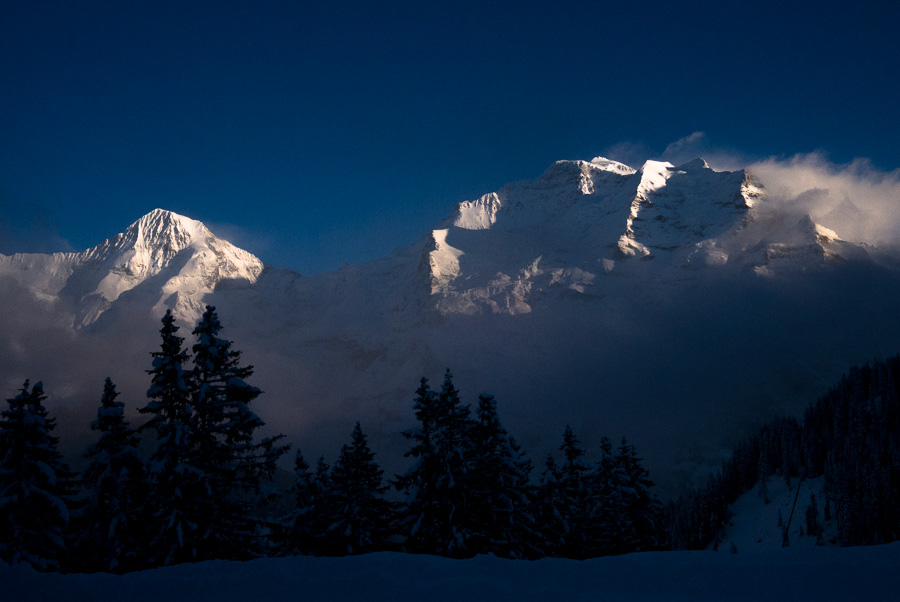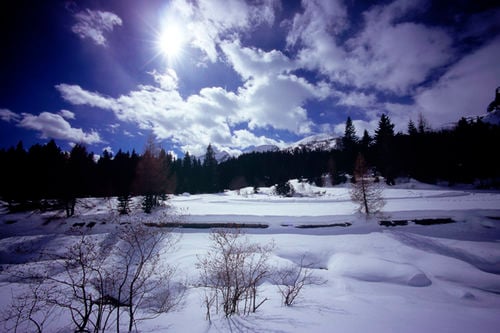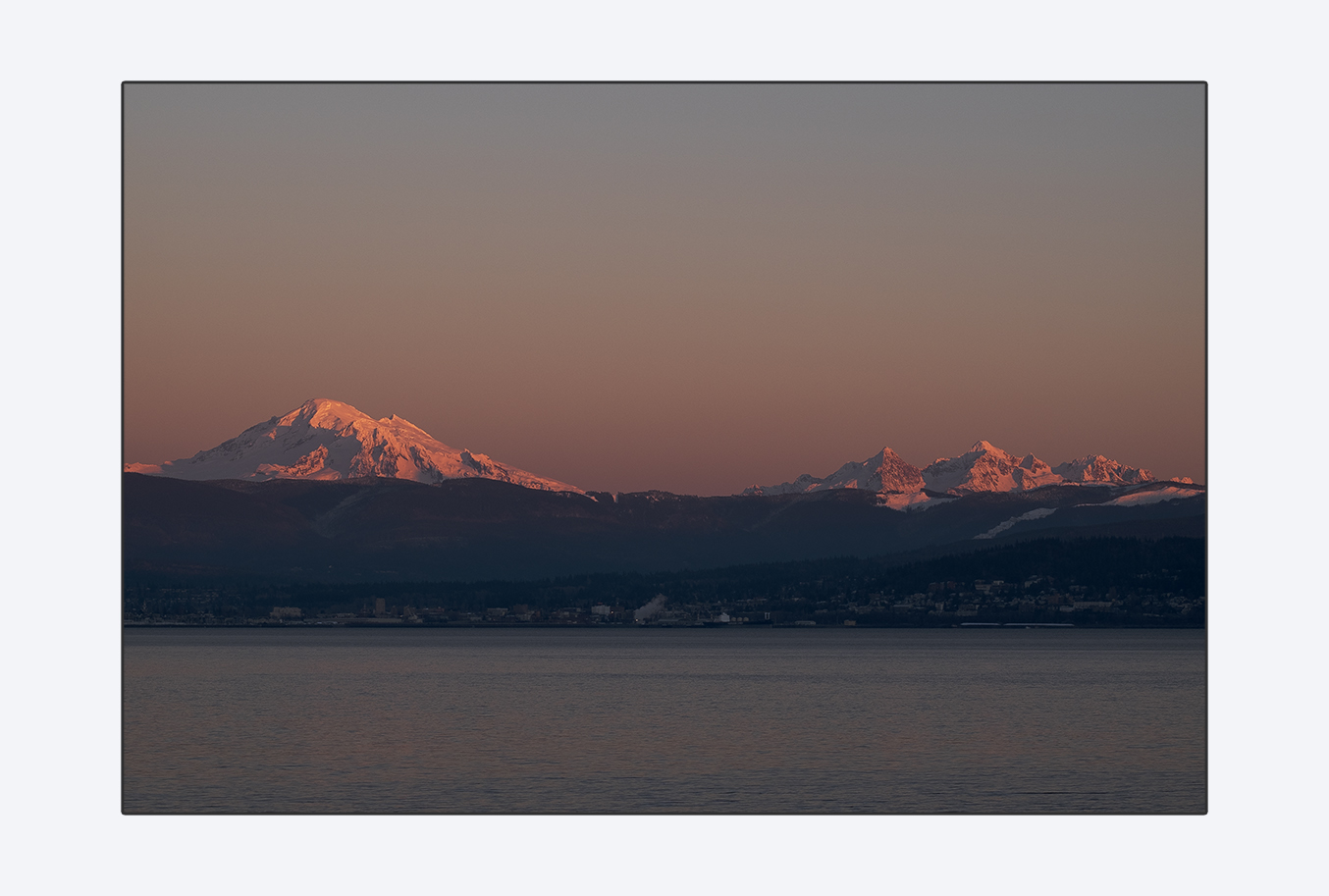narsuitus
Well-known
If forced to limit myself to one prime lens on a full-frame camera, my first choice would be a 35mm and a 28mm would be my second choice.
Location matters a lot.. I personally think a 35 would be the most versatile, but I'm a 35mm guy.
My wife and I went to Iceland last summer. It was beautiful, but because of the terain, I hardly ever reached for my 21.. There were mountains everywhere. Due to the lack of trees, you could see stuff way in the distance, but it was really difficult to get an interesting foreground subject when the thing that was taking your breath away was 15-30 miles ahead. I shot much more at 50-85mm that trip.
No one has mentioned the Mountain Elmar... 🙄
Phil Forrest
:^) I was considering mentioning it doing so would have been in jest too (I assume yours is) given how hard it is to find them (and to buy them no doubt, given they are collectors items). I have seen exactly one in 30 years and that was probably 20 years ago in a private (not for sale) collection of Leica LTM lenses in a display case of a camera store specializing in Leica in Melbourne Australia. Besides I have no idea how one might perform in practice.
I do not like to change lenses frequently....so my most used in the Alps are my 50 and 35.
here 50 on M 7

and here is the equivalent of 35 ( it's 24 on aps-c sensor of the Leica x1)

This is th CV 12/f 5.6 on the Bessa R

On the other side if you like details this is the 75 cv always on the Bessa R

At the end it depends a lot on you photographic style. In your case I think 35 + an alternative wider or small tele could be the ideal solution.
Gear can be heavy...do not forget 🙂
robert
Raid, I have used a 24mm lens extensively in the Rocky Mountains, and the San Juan Mountains of Colorado. I have seldom found a use for anything wider. But the trick is that you must include something interesting in the foreground. The distant mountain ranges will appear too small if it is to be the main subject. But if there is something of interest in the foreground, then it works.
And as always, the 35mm lens must always be in the bag, as well as frequently on the camera.
Let me see if I can scan some chromes soon to illustrate my point.
Raid,
When I used to photograph the Colorado mountains, I used 28mm, 50mm and a 135mm in my film days. Later on digital, In used a Sony R1 with a zoom lens with the equivalent 24-120mm. I found that more than adequate, and I often shoot at the wider end. So I'd suggest that you choose your prime lenses within that range.
I often shoot at around 12,000- 14,000 ft. above sea level. With digital, I often didn't use a polarizing filter, but at those elevations, the sky will naturally be rendered darker than shooting from sea level. So if I used a polarizing filter at all, I likely would not turn it to its maximum power. I had made the mistake when I used film in my younger days---the strong action of the polarizing filter that I used almost turned the sky black.
Panoramic shots are very suitable for that type of landscape. However, if you used a polarizing filter, you'd better re-adjust the strength of your polarizing filter after a shot or two. Otherwise you'd end up with very uneven skies on the horizontal plane. I'd say that you should use a tripod when you need to make those adjustments along the way.
Granted, most of the mountains in Switzerland are not as high. I remember the one that I visited (Mt. Titlis) was just a bit over 11,000 ft. But you still should have a strong UV filter for that.
Tin



No one has mentioned the Mountain Elmar... 🙄
Phil Forrest


